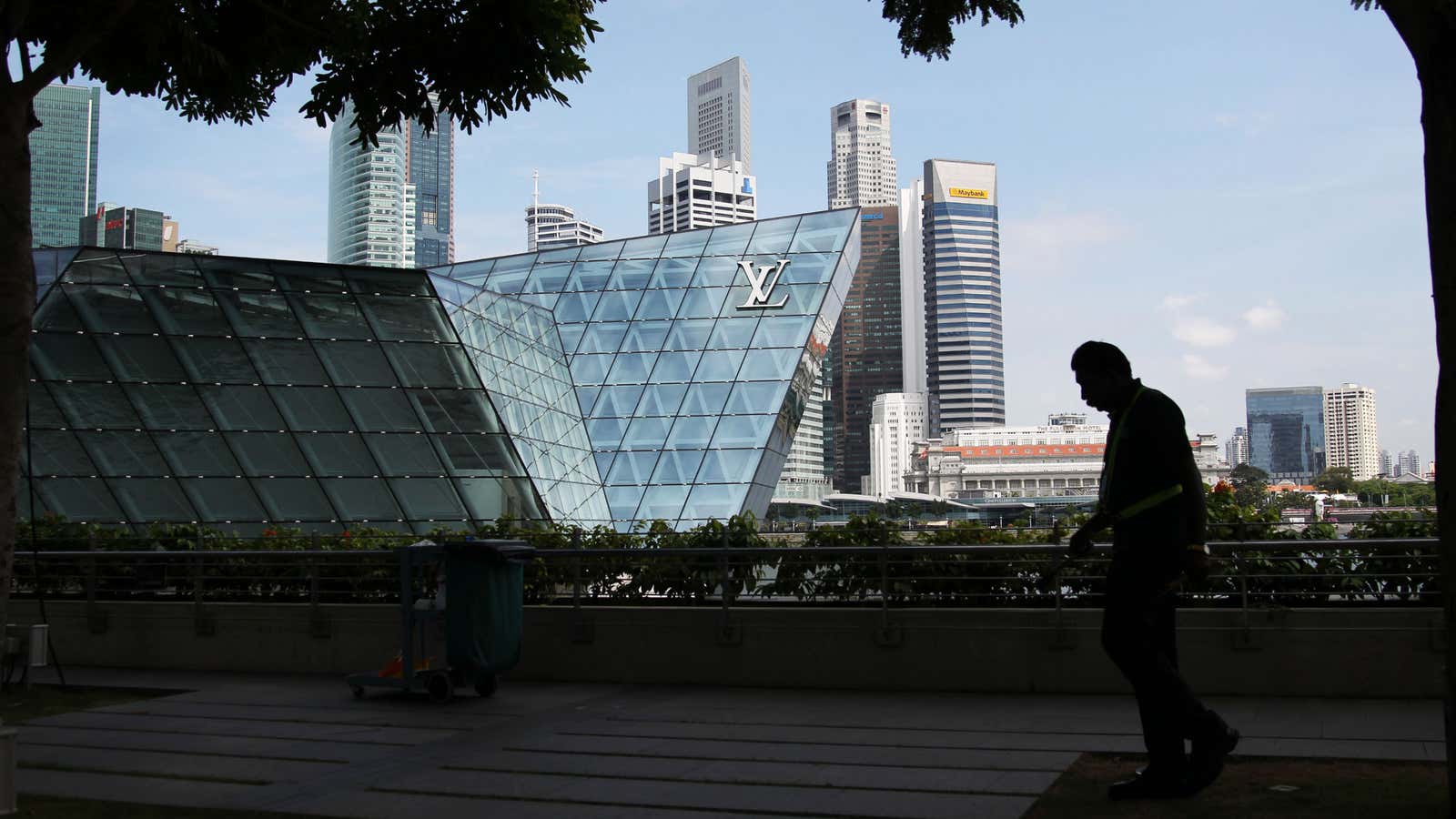Joseph E. Stiglitz may be a brilliant economist, but familiar with Singapore he is not.
This fact could not be more glaring than in his piece in the New York Times urging the United States to emulate the tiny city-state. His description paints Singapore as practically utopian: the rich willingly contribute to help the poor, everyone puts money aside to pay for healthcare and retirement, and the government makes sure that workers are not disadvantaged by cunning employers.
The policies and measures praised sound good in theory, but don’t actually work that way in reality. As a matter of fact, the issues singled out by Stiglitz—wages, the Central Provident Fund (CPF), housing and labour relations—are the very things keeping Singaporeans up at night.
Singapore is far from being an equal society. When considered in the global context, Singapore cannot be considered a society with “fewer economic disparities.” Its Gini coefficient, which measures inequality, is the second highest among developed countries.
Yet Stiglitz lauds the Singapore government for its efforts to curb inequality, preventing wages from dropping “down to the exploitative levels they could have been.” But the reality is that wages, especially in blue-collar jobs, are being suppressed by the importing of cheap–and easily abused–foreign labor. At the very bottom of the food chain, migrant workers find themselves building Singapore’s impressive, shiny structures for as little as S$2.50 (approximately US$2) an hour, or working as domestic helpers for about S$400 (US$320) a month.
The CPF, trumpeted as a scheme to keep Singapore from turning into a “nanny state,” is a source of much handwringing among its citizens. It’s not exactly clear to the average Singaporean what happens to the money once it is taken out of his or her monthly pay packet. The government states that the money is invested in government bonds, but Christopher Balding of Peking University HSBC Business School has speculated that the money is going toward financing investments made by the country’s two sovereign wealth funds, GIC and Temasek Holdings.
The rules of the game can also be changed–it was announced last year that the minimum sum to be left in CPF accounts would be raised, limiting the amount of money Singaporeans can withdraw once they reach the age of 55.
Allowing Singaporeans to use the Central Provident Fund to purchase property has opened another can of worms. With the price of property having skyrocketed in recent years, people are spending more and more of their CPF on housing–that’s money meant to fund their retirement. People are also beginning to take loans of 30, 40 or even 50 years to pay off their mortgages.
While Stiglitz trumpets the impressive figure of 90% homeownership in Singapore, the reality is that more and more of the younger generation are struggling to own their own homes in a market where renting could be just as painful.
He asserts that, unlike the United States government, Singapore’s government has tilted the balance “toward the group with less economic power.” This is not a description many workers would recognize; it’s been a long time since unions in Singapore have been seen as being on the side of the workers they claim to represent. A recent strike organized by bus drivers (all of whom were migrant workers from China) resulted in five of them charged and jailed for inciting the “illegal strike” and 29 of them sent home. The country’s labor chief has also been noted for opposing the implementation of a minimum wage in Singapore.
Even as Stiglitz compliments Singapore’s government for taking steps “toward expanding democratic participation,” it is significant to note that these steps were not always voluntarily ceded. They are the fruits of years’ worth of work by dedicated civil society members, activists, organizers and alternative political parties. Ironically, many of the arguments brought up by pro-democracy activists refer to the current government’s failure to address social and economic inequality.
Indeed, the place Joseph Stiglitz describes sounds like a model example for not just the United States, but also many other countries around the world dealing with inequality. Perhaps the real Singapore, too, could learn a few lessons from Stiglitz’s Singapore.




